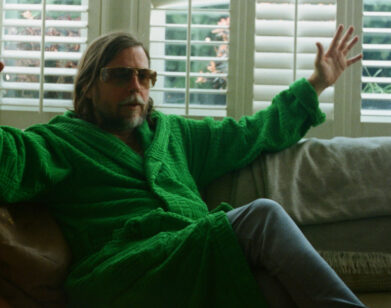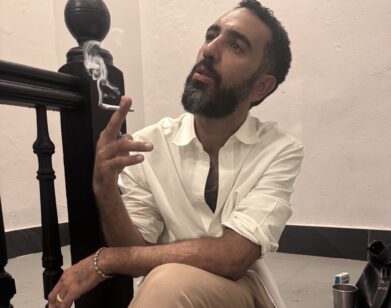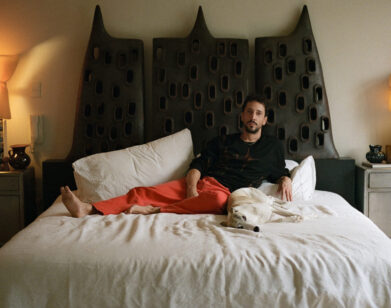One Writer, Twelve Artists, and Everything in Between
An integral figure in the 1910s Parisian arts and literature circles, Gertrude Stein was especially close with Pablo Picasso. In her writing, she attempted several times to channel the distorted but resonant qualities of Picasso’s Cubism in words, and Tender Buttons (1914) is considered the apotheosis of her efforts. In the text, which is somewhere between a poem and a novella, she lists mundane objects, food, and rooms alongside bizarre, even obtuse descriptions, but the prose has a rhythm that seems to, however distantly, evoke the thing in question.
For a group show at Tanya Bonakdar Gallery, curator Andria Hickey looked to Tender Buttons for inspiration. Titled after Stein’s three categories, “Objects Food Rooms” includes nearly 30 sculptural works by Rachel Harrison, Haim Steinbach, Darren Bader, Laure Prouvost, and eight others that explore the fluidity between the identifiable and the abstract. “Stein’s prose has a close relationship to how we encounter sculpture today, in the way artists are creating material and found object compositions that transform recognizable things into something else,” explains Hickey. “You can’t always articulate what this new object is exactly, but in recognizing things within it, you engage with the narrative of composition itself.”
The show argues that the sculptures’ abstract elements have parallels to Stein’s conceptual “linguistic compositions” in Tender Buttons. Hickey enlisted artists whose works engage with the Duchampian readymade, found objects, or who use materials to mimic or echo a different thing.
Prouvost’s work typifies the readymade, which historically is an object that becomes detached from itself in an art context: In the show, Prouvost presents several objects on pedestals that are defined by long-winded texts on placards explaining their origin–2 km down the tunnel of history this was found lonely and smashed on the floor (2014) refers to a dejected mess of sticks and yarn, for instance; in An e-cigarette and a butter (2014) an actual e-cigarette and a stick of butter sit on platforms, periodically animated by theatrical spotlights and recorded voices, giving the illusion they are in conversation.
Steinbach and Harrison both incorporate found objects in their work. In his practice, Steinbach lifts text from an often-unidentified source, as he did with either and or (both 2015) emblazoned in black vinyl letters on the gallery’s walls. Harrison’s © 2004 Hasbro Inc. (2015) is a chaotic yet vaguely figurative assemblage including a toy gun, helmet, sausages, and wheels.
Materials used to imitate objects might do so realistically or abstractly, simply “communicating a sense of an object,” says Hickey. Roula Partheniou takes industrial materials and paints them to look like something else, as in Caution Yellow (2009), which is a lifelike banana peel made of fimo and acrylic. Meanwhile, Arlene Shechet’s ceramic forms have an organic quality that borders on anthropomorphic.
These categories are not absolute, however. “Artists go back and forth,” says Hickey. “I found it refreshing to revisit Gertrude Stein’s text, because it’s almost more relevant, a century later, in that it so cleverly articulates this in-between space we’ve found ourselves in, where meaning and material are wide open.”
“OBJECTS FOOD ROOMS” WILL BE ON VIEW AT TANYA BONAKDAR GALLERY THROUGH JULY 31, 2015.







